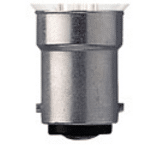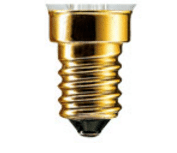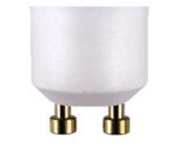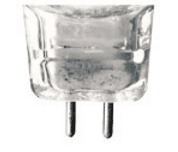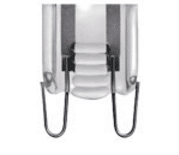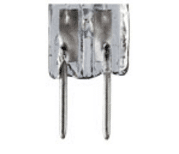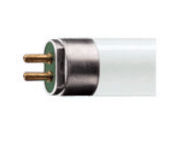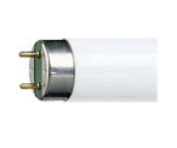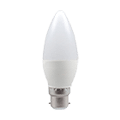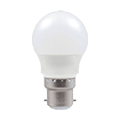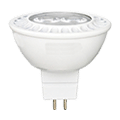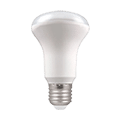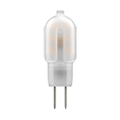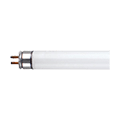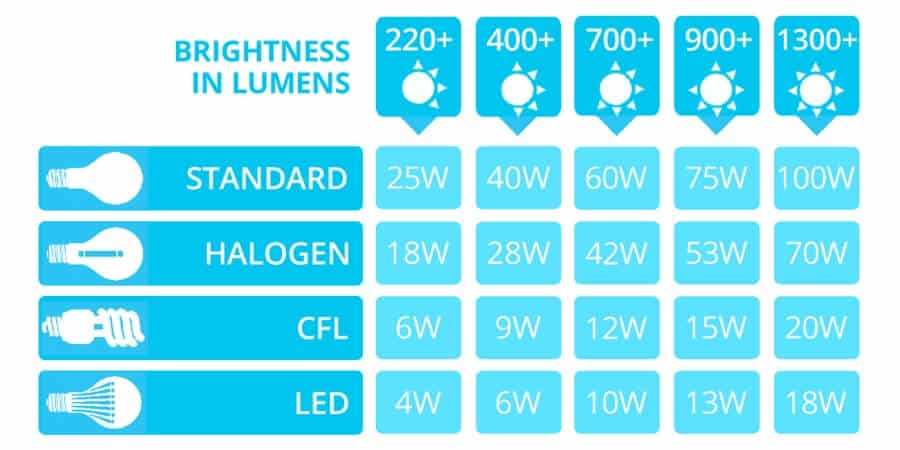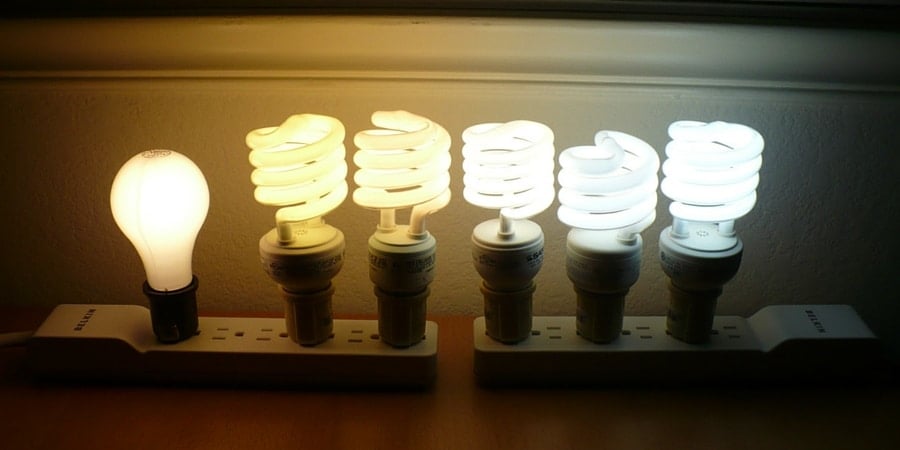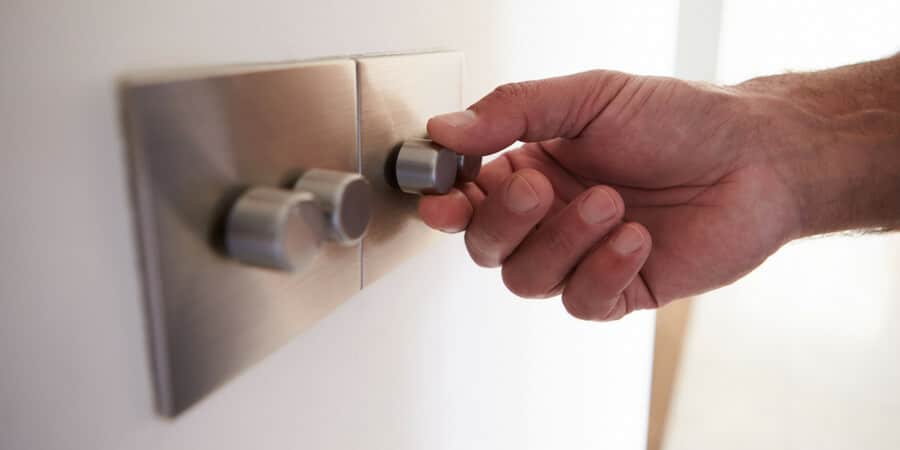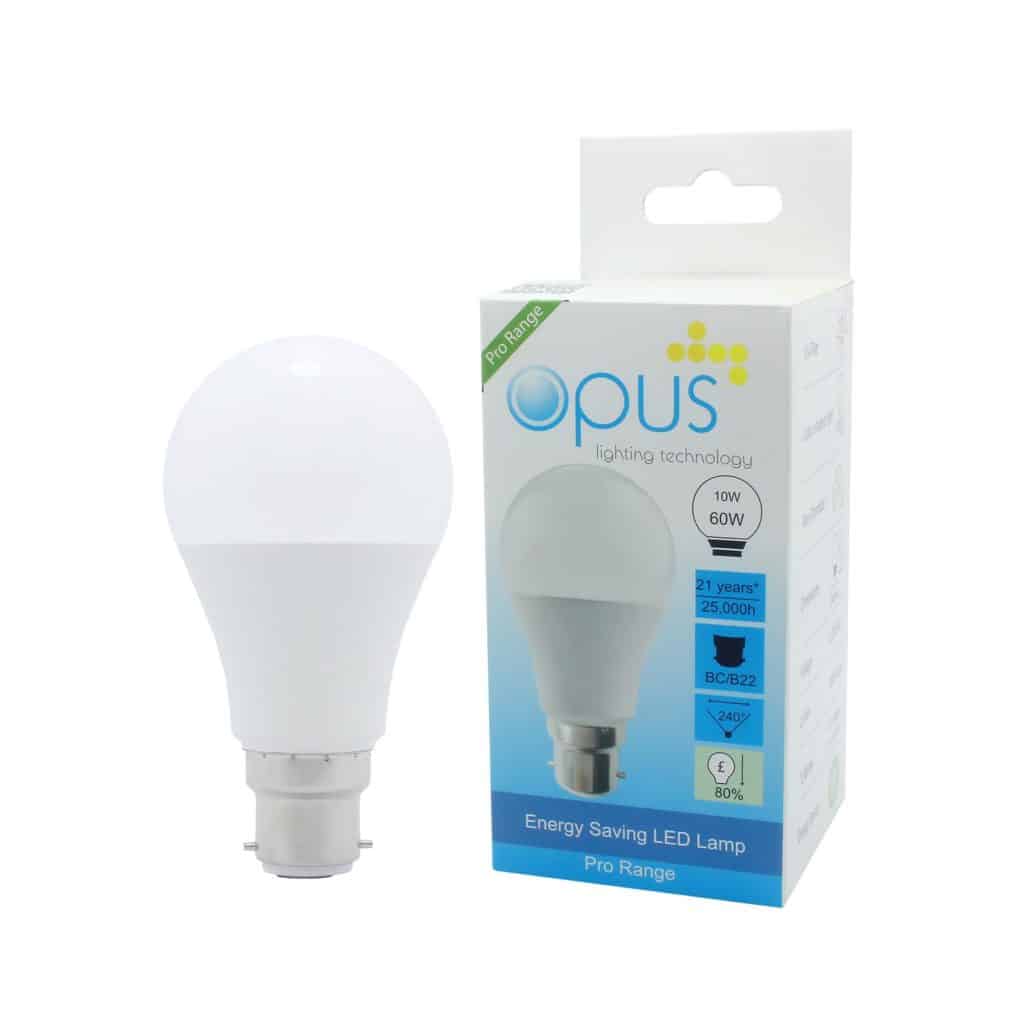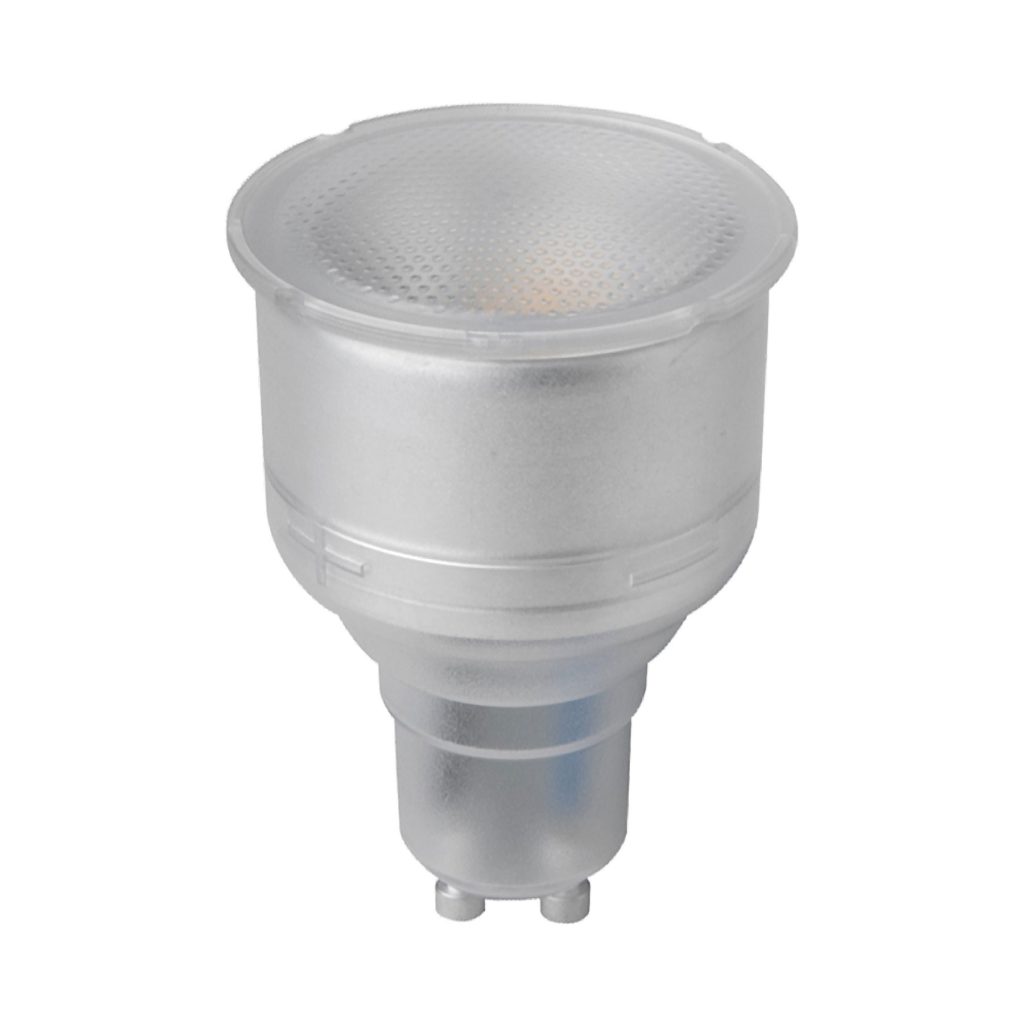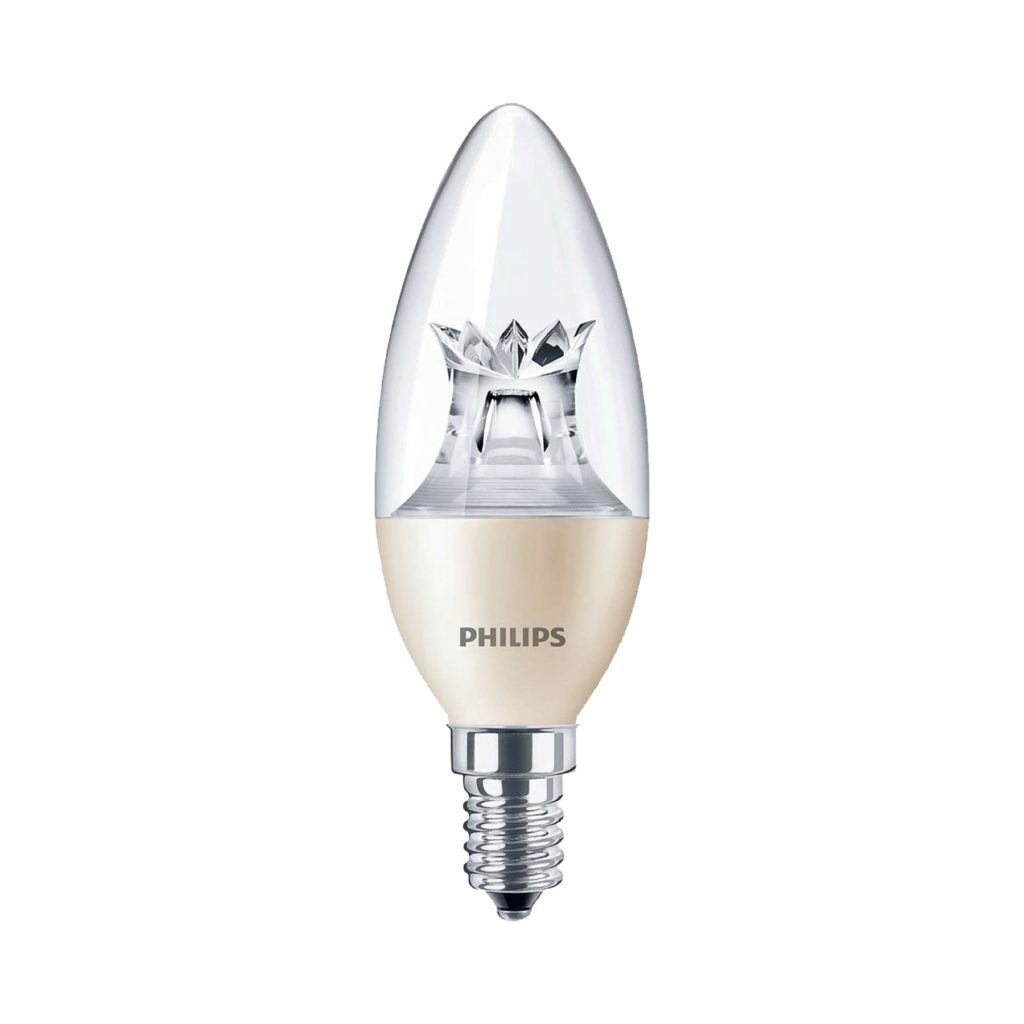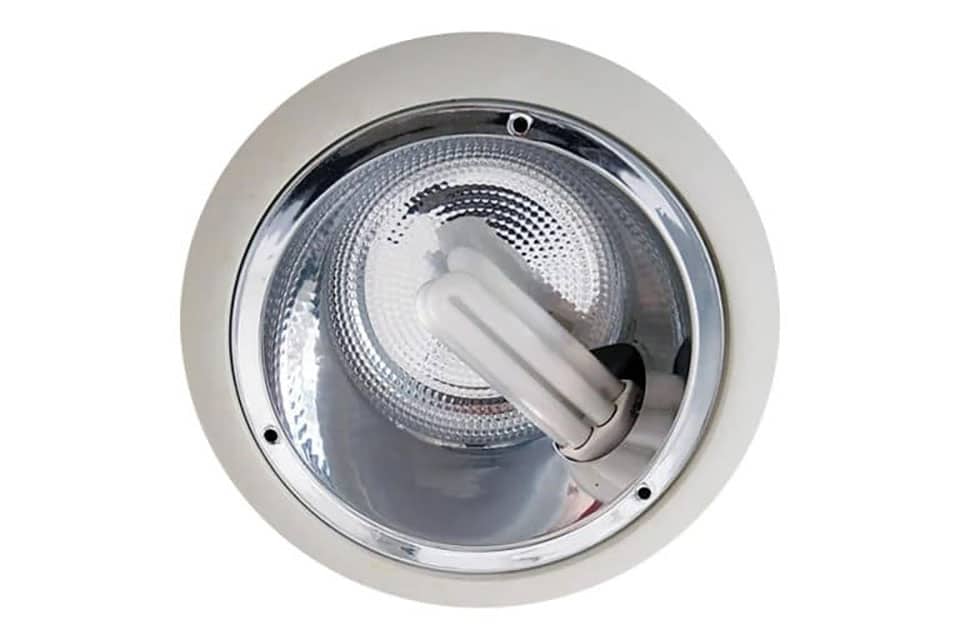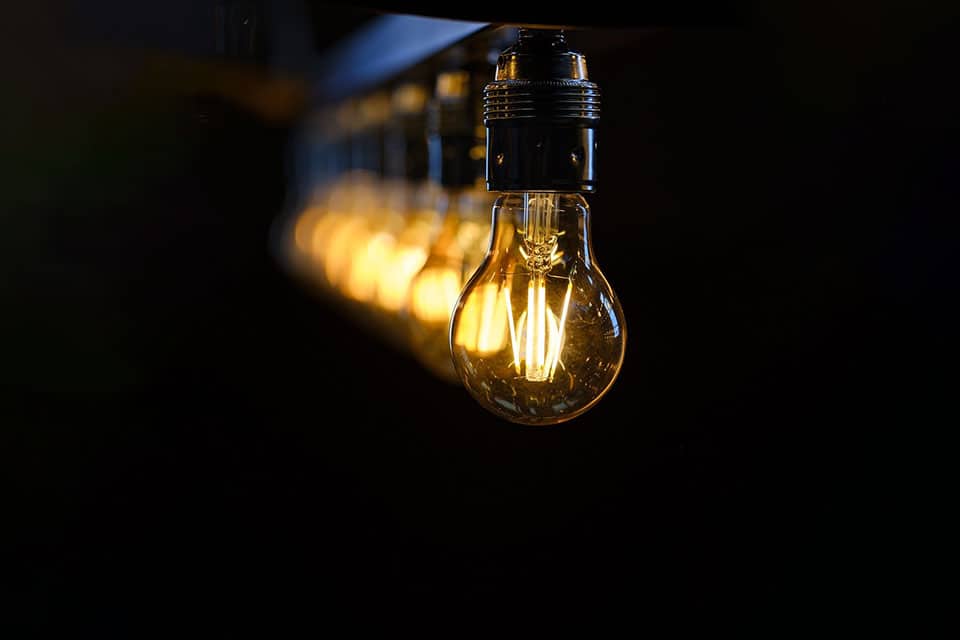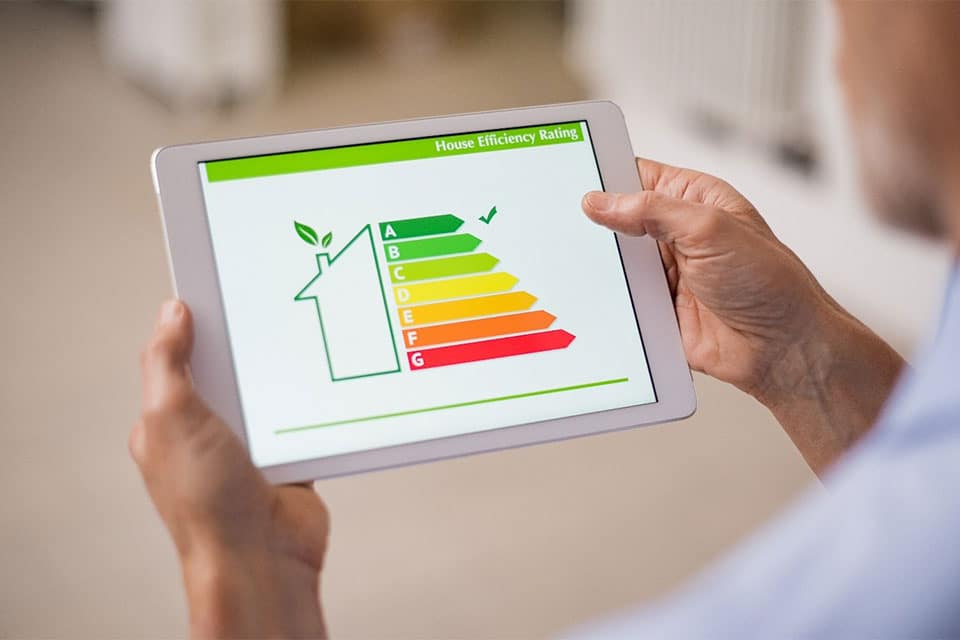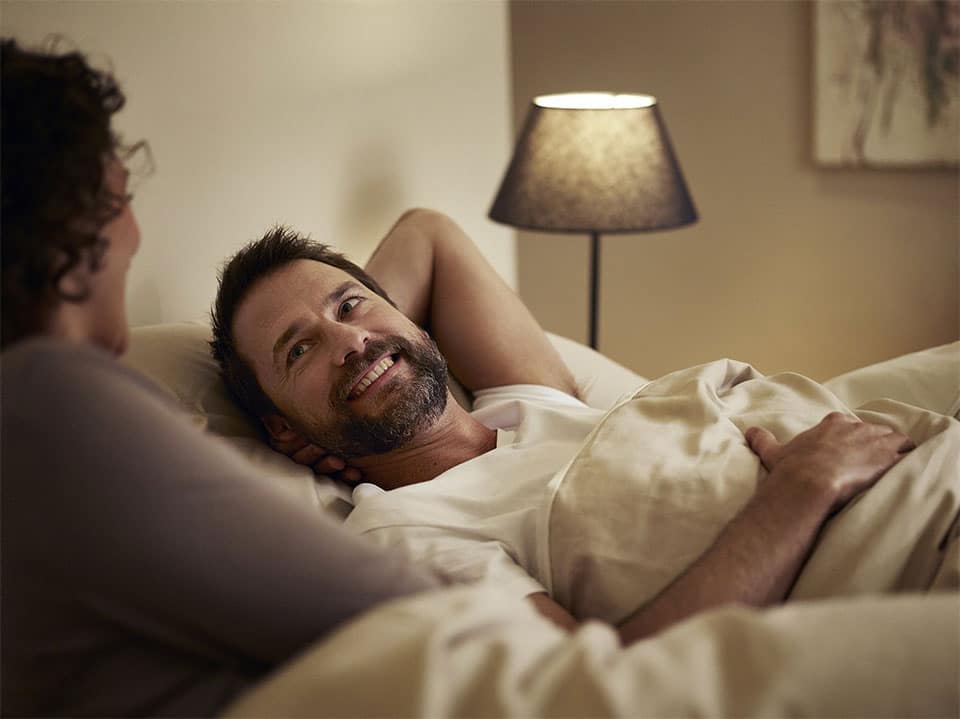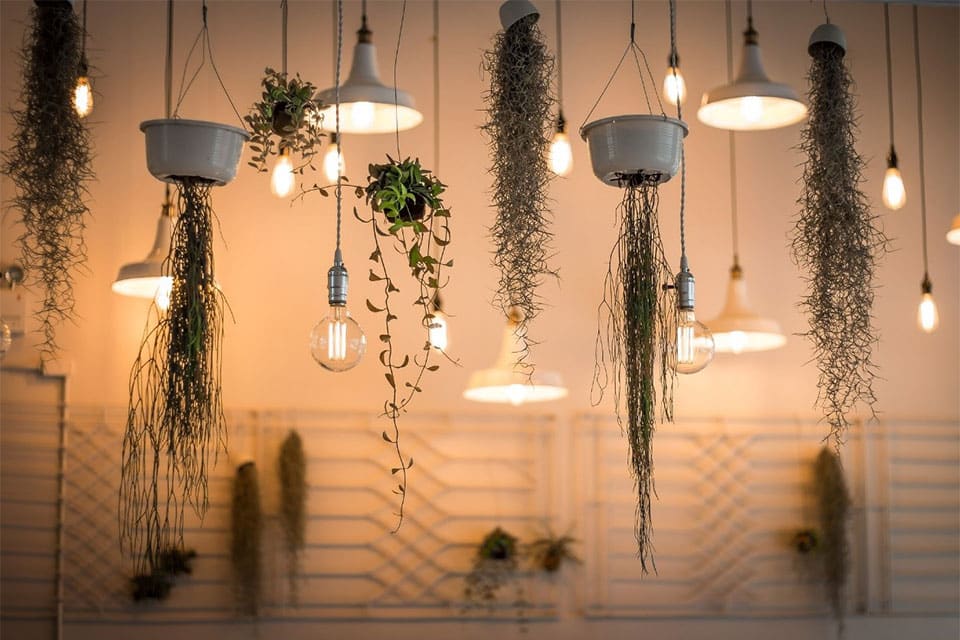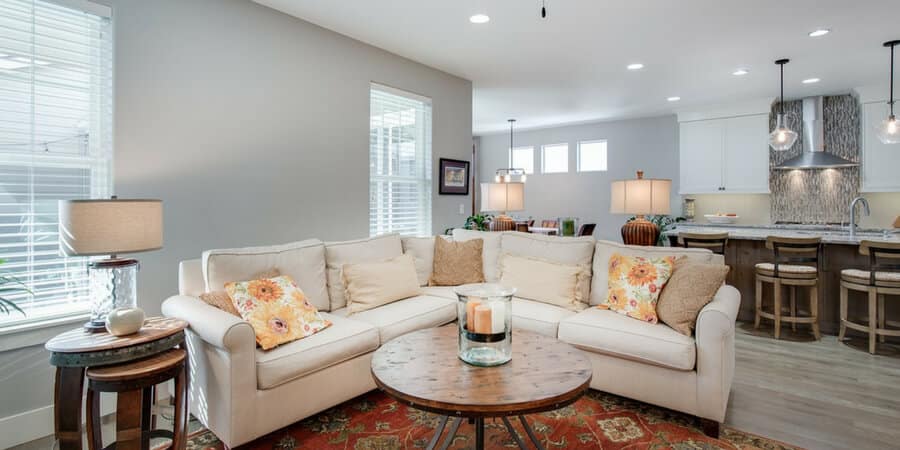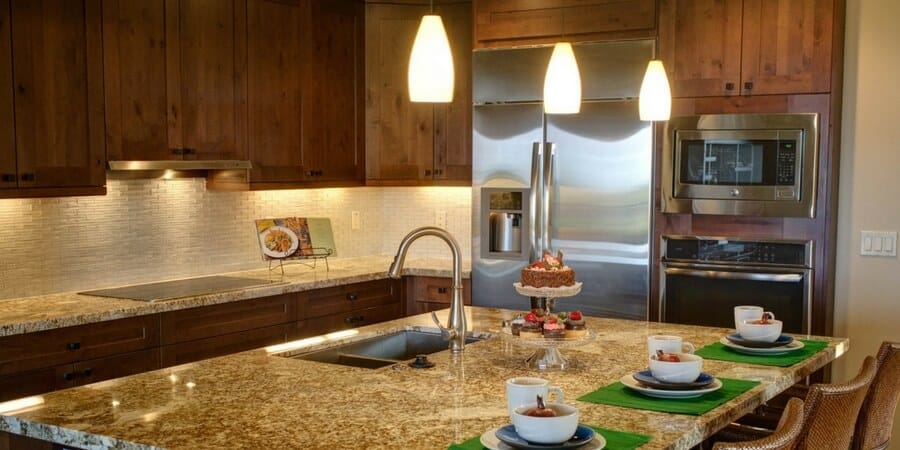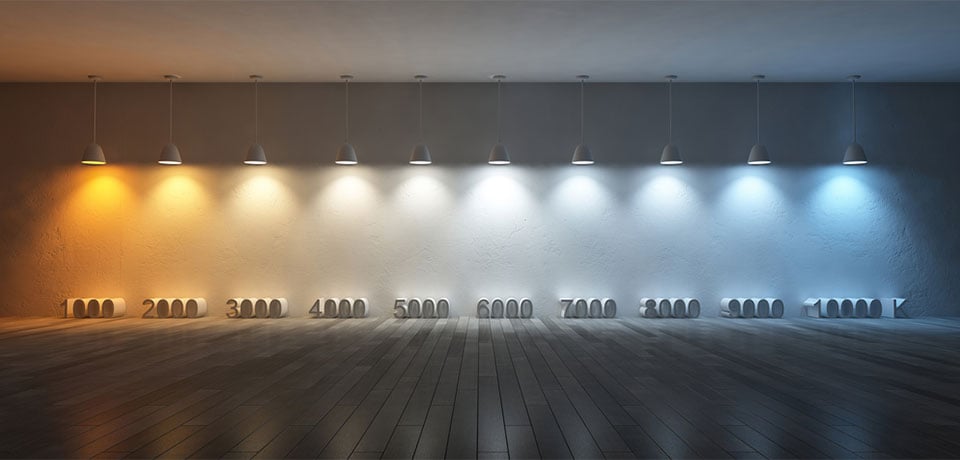Light is one of the primary driving forces behind our circadian rhythms, and it has a significant impact on our overall health and well-being. Bedroom lighting is often overlooked when planning your home’s lighting design—after all, it’s a room where darkness is usually the goal—but it’s important to manage light properly in your bedroom to make it easier for you to wake up in the morning and fall asleep at night. Keep reading our our bedroom lighting ideas.
Layering Light
Like every space, layering the three basic types of lighting will help you make the most of your bedroom lighting options, and is the key to creating an effective and efficient lighting design in your bedroom.
Ambient Lighting
Every room in your home requires a general level of ambient lighting to ensure it’s safe to move around in. In addition to embracing any available natural light, there are a couple of ways to create ambient or general lighting in your bedroom:
- Central overhead lighting casts even light around the entire room, and can be wired to a dimmer switch.
- Floor lamps are a good alternative if you don’t have an overhead fixture. You may need multiple floor lamps, depending on the size of your bedroom.
- Lamps that cast indirect light, such as wall sconces, can help create soft ambient light.
In general, you’ll want to opt for bulbs that have a lower lumen level spread evenly throughout the room. For extra flexibility, it also helps to wire your ambient lighting to a dimmer switch so you can have greater control over the level of light at any given point during the day.
BEDROOM LIGHTING TIP: Consider the size of your bedroom and take stock of where the plugs and switches are located. These factors will help you determine how many light fixtures you need, as well as how many your bedroom can sustain.Task Lighting
If your bedroom doubles as a workspace or dressing room, you’ll need to layer in directional task lighting to help you with these activities.
For dedicated workspaces, you’ll want a directional table or desk lamp with a cooler colour temperature to help you stay alert and focused on the task at hand. Bedside lighting is also task lighting, but this area requires different considerations than other workspaces. Keep reading to get our tips for lighting this zone.
For wardrobes and vanities, wall sconces thoughtfully positioned by your mirror can provide task lighting that will help you get dressed or put on makeup without casting harsh shadows. Look for bulbs with a high CRI, or colour rendering index—this will help you coordinate your outfits and accessories, and ensure that you don’t accidentally step out the door in the wrong suit.
Accent Lighting
Accent lighting is typically used to highlight your favourite things, such as a piece of art, a cool piece of furniture, or architectural features like coving. In your bedroom, accent lighting functions a little differently:
- More than ambient or task lighting, accent lighting can help you set a mood or create an atmosphere of romance or relaxation. One of the easiest ways to use lighting to set a mood is to use dimmers.
- Accent lighting can also help you diffuse light and draw your eye around the room, which will make your space feel larger and more balanced.
- Bedroom accent lighting may also be primarily decorative. Opt for pendants or lampshades that complement the look you are trying to achieve, string up fairy lights, or place LED candles around the space for a warm glow.
Lighting Zones
If your bedroom functions as more than just a bedroom, you’ll want to add even more flexibility to your lighting design by creating zones. In addition to layering light, creating designated lighting zones for different areas of your space can make it easier to plan and control light levels.
Here are some of the most common bedroom lighting zones to keep in mind:
Bedside Lighting
Bedside lighting is often used for reading, so it functions similar to task lighting. However, unlike task lighting for a bedroom workspace, bedside lighting should avoid melatonin-producing blue light. Opt for warm white or very warm white bulbs with a colour temperature around 2,000-2,7000K.
Here are some other bedroom lighting tips to keep in mind for this zone:
- If you like to read in bed, choose a brighter bulb with a higher lumen level, then install a dimmer switch so you can reduce the brightness if you need light but aren’t reading. 3-step bulbs work well too.
- Soft lighting from the sides will keep the light from shining in your eyes. Look for bedside lamps or pendants instead of overhead lighting. Ensure the bulbs are shielded—bedside lighting is not the place for exposed bulbs, unless you opt for very warm white bulbs.
- Choose a light-coloured shade for bedside table lamps. Dark colours may look dramatic and attractive, but they’ll obstruct light and may actually make it more difficult to read.
- If you have a smaller bedroom, consider installing pendant lights over your bedside tables. That way, your lamps won’t take up valuable table space.
Wardrobe Lighting
Proper lighting around your wardrobe can help you get dressed while you wake up in the morning. Keep these guidelines in mind for lighting this zone:
- Bright bulbs with a cooler colour temperature that mimics daylight (about 6,500K) will make it easier to see what’s in your closet.
- Aim light fixtures downwards so that the light is aimed at your wardrobe and not into your eyes.
- LED strip lights or pucks are flexible and easy to attach to walls, ceilings, or door frames, allowing you to brighten up all corners of your closet.
- Wall sconces placed near your mirror can pull double duty by providing adequate light for dressing, as well as creating ambient light by casting light back against the wall.
Work Area
Experts generally don’t recommend combining work and sleep in your bedroom, but sometimes it’s unavoidable. Creating a designated work zone using lighting can help keep your workspace separate from where you sleep.
Look for task lighting that is bright and cool to keep you alert and prevent eye strain, and select a fixture with directional light so that you can aim it directly at what you’re working on.
Dayllight bulbs you might be interested in.
Selecting the Right Bulbs
A bulb’s brightness and colour temperature both have the potential to positively or negatively affect the way you function, as well as your ability to wake up in the morning or fall asleep at night.
There are two things to keep in mind when selecting the right bulbs for your bedroom lighting:
- Lumens
- Colour temperature
Let’s take a look at these factors:
Lumens
With energy efficient lighting like LEDs becoming more popular, it’s time to shift your thinking from watts to lumens when it comes to choosing the right bulb brightness for your space. Wattage actually measures energy use, which makes it a less informative measurement now that bulbs require significantly less energy to achieve the same level of brightness, which is actually measured in lumens.
The total suggested lumens for a bedroom (cumulative between all bulbs in your space) ranges between about 2,000 and 4,000, depending on the size of your space, how you use it, and your personal preferences. Different lumen levels are recommended for different uses and lighting zones:
Reading or bedside lamps | Closet | Getting dressed |
|---|---|---|
| 100 lumens | 380 lumens | 1,680 lumens |
Colour Temperature
Colour temperature is one of the most important considerations for bedroom lighting because it can have a significant impact on our wakefulness and productivity.
White and blue light have been shown to promote alertness by suppressing melatonin production, which makes them ideal for workspace task lighting or directional light.
Workspace lighting you might be interested in.
Warmer, yellow lighting is better for reading, watching TV, and relaxing.
Warm lighting you might be interested in.
Read the rest of our Room-by-Room Guide to Lighting your Home for more lighting tips and expert advice for lighting every space.
Basic Types of Lighting
Kitchen
Bedroom (you’re here!)
Bathroom
Living Room
Dining Room
Home Office
Entryway
Basement
Garden



